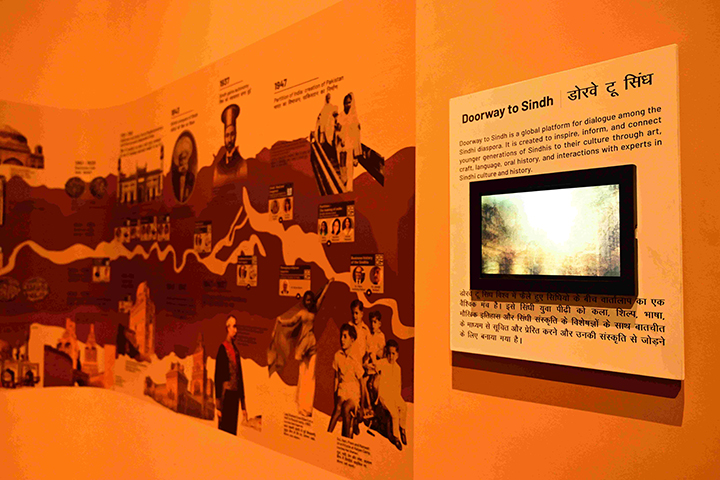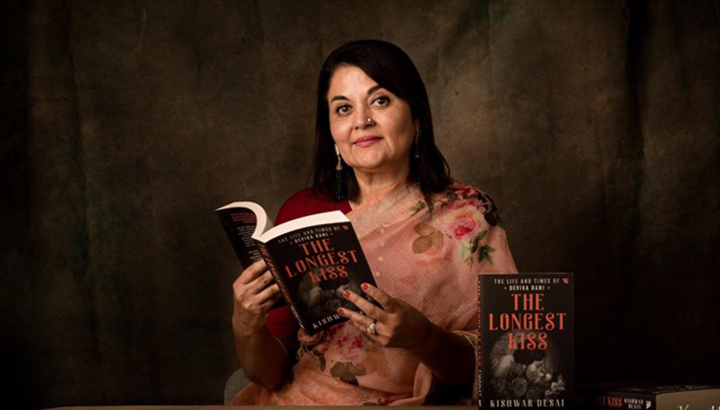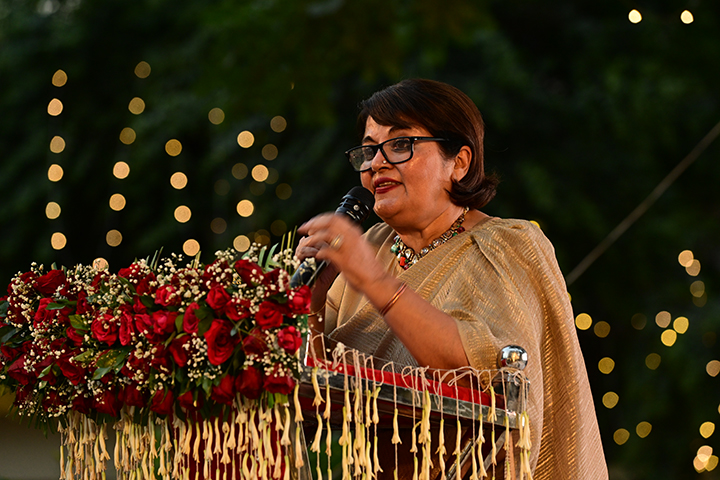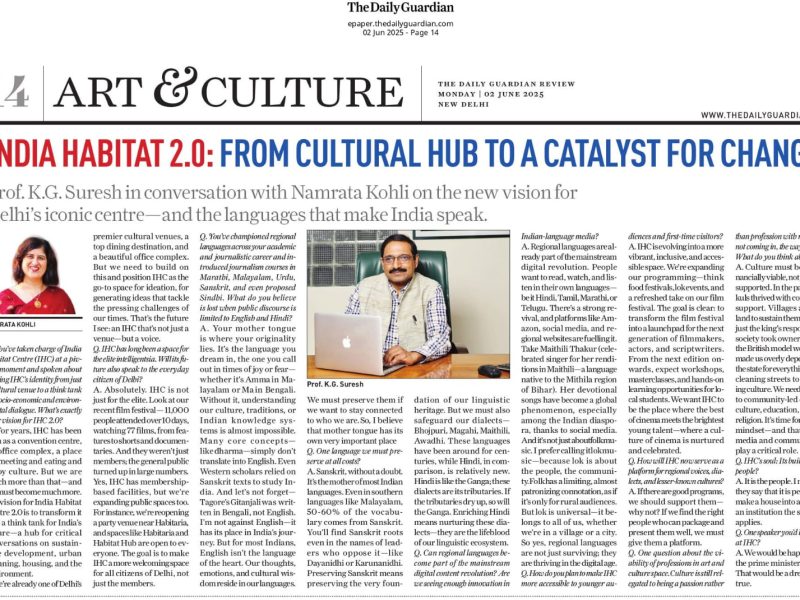The Partition Museum, Delhi recently inaugurated a gallery “The Lost Homeland of Sindh” which pays homage to the Sindhi community who lost everything in the 1947 Partition and rebuilt their lives in new lands across the world, relying on their wits, skills, and business acumen. Weaving architecture, crafts, memorabilia, and oral history with archival material and contemporary art, the gallery provides a living discourse of a displaced culture, which went on to integrate and thrive in its new avatar across the globe.
Namrata Kohli speaks with Lady Kishwar Desai, Founder, Partition Museum and Chair of The Arts and Cultural Heritage Trust (TAACHT) on this gallery and more
What is the significance of the Partition Museum in today’s day and age? Many people would argue that let bygones be bygones and we need to move on… What is the tangible difference it makes to the lives of many Indians?
I think the most important difference it makes is in understanding the past. Once you have lost everything, you can still become a nation builder, and a leader. Partition museum is not just about killings and murders. It is also about reconciliation, healing, understanding history, your heritage and ultimately it is about inspirational stories.

Why did you choose this theme of “Lost Homeland for Sindh” for the Partition Museum? Why this focus on Sindh in particular?
When we, at The Arts And Cultural Heritage Trust, set up the world’s first Partition Museum in Amritsar in 2017, and later the second one in Delhi in 2023, we had deeply felt the need for a full-fledged Sindhi narrative — and it was crucial for us to create a space where the Sindhi community could come together to commemorate their lost homeland.
When we talk of Partition, most of the time people only talk about Bengal or Punjab. It has always intrigued me about the clans that remained behind there only. Not only is their homeland lost, but their culture is also lost, their heritage is lost, and young people don’t know what it was like to live in that period. So as soon as I got a little bit of space, I thought we must do this gallery. Otherwise, it’s really a forgotten story.
Both in case of Bengalis and Punjabis, after partition they could still find their own ilk and community. But Sindhis were a little lost and they were spread all over the country- but finally becoming a successful community after all. What kind of support did you get from the Sindhi community?
I got a lot of support. I would not be able to do this myself. The first thing is that it is impossible to go there, given the environment that we live in. To get objects would have been even more difficult and moreover it’s a scattered community.

We are very grateful that after years of struggle we have found wonderful partners with Jitu Virwani and Aruna Madnani, to create the world’s first and only gallery dedicated to the Lost Homeland of Sindh. Just as other communities come to the Partition Museums to commemorate the world’s largest migration in 1947, we are sure that the Sindhi community will find healing and reconciliation and cultural recognition in this beautiful new gallery at the Partition Museum in Delhi.
What was the biggest challenge in putting together this gallery?
My big issue has always been that all of this requires a lot of funds, and we need support from the government. I run two museums now. Every minute we are needing money to not only do something new but also to look after space.




